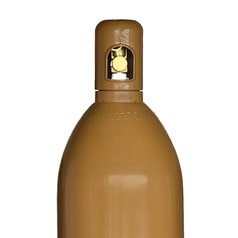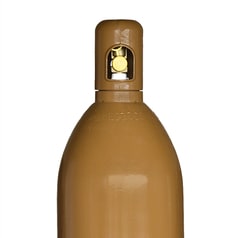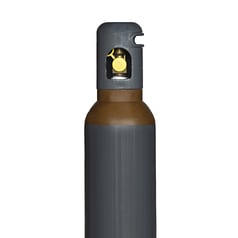Pour bénéficier d’un affichage optimal de la boutique en ligne de PanGas, vous avez besoin pour le navigateur de la version minimale suivante:
• Internet Explorer 9.0
• Mozilla Firefox 38
• Safari 8
• Chrome 45
Veuillez vous assurer que JavaScript est activé dans les paramètres de votre navigateur.
Helium
The most economical way to produce helium is to extract it from natural gas
Helium is a colorless and odorless noble gas and has the lowest boiling point of all the elements. After hydrogen, helium is the most common element in the universe. This is because, for example, in the sun nuclear fusion occurs where hydrogen is converted into helium, although in the earth's atmosphere it occurs in very small quantities and is a byproduct of the extraction of natural gas. There are very few natural gas wells that release helium, hence the scarcity on this product.
What is helium?
Helium is een kleurloos en reukloos edelgas en heeft het laagste kookpunt van alle elementen. Na waterstof is helium het meest voorkomende element in het universum, dit komt doordat er bv in de zon kerfusie optreed waarbij waterstof wordt omgezet in helium, al komt het in de aardatmosfeer in zeer kleine hoeveelheden voor en is het een bijproduct bij de winning van aardgas. Er zijn maar weinig aardgasbronnen waar helium bij vrij komt, vandaar de schaarste die op dit product rust.
What is helium used for?
Helium is used for cooling, filling party or weather balloons and as a shielding gas in welding. When welding, the heat generated in the laser tube must be dissipated quickly and efficiently. The high thermal conductivity of helium ensures this. Helium is also used for leak tests, because it is a very small molecule, so you can quickly detect a leak in combination with a detector. Higher quality helium is used for gas chromatography as a carrier gas. Liquid helium has a temperature of about -269 degrees Celsius and is therefore extremely suitable for supercooling magnets used in MRIs or NMRs.





